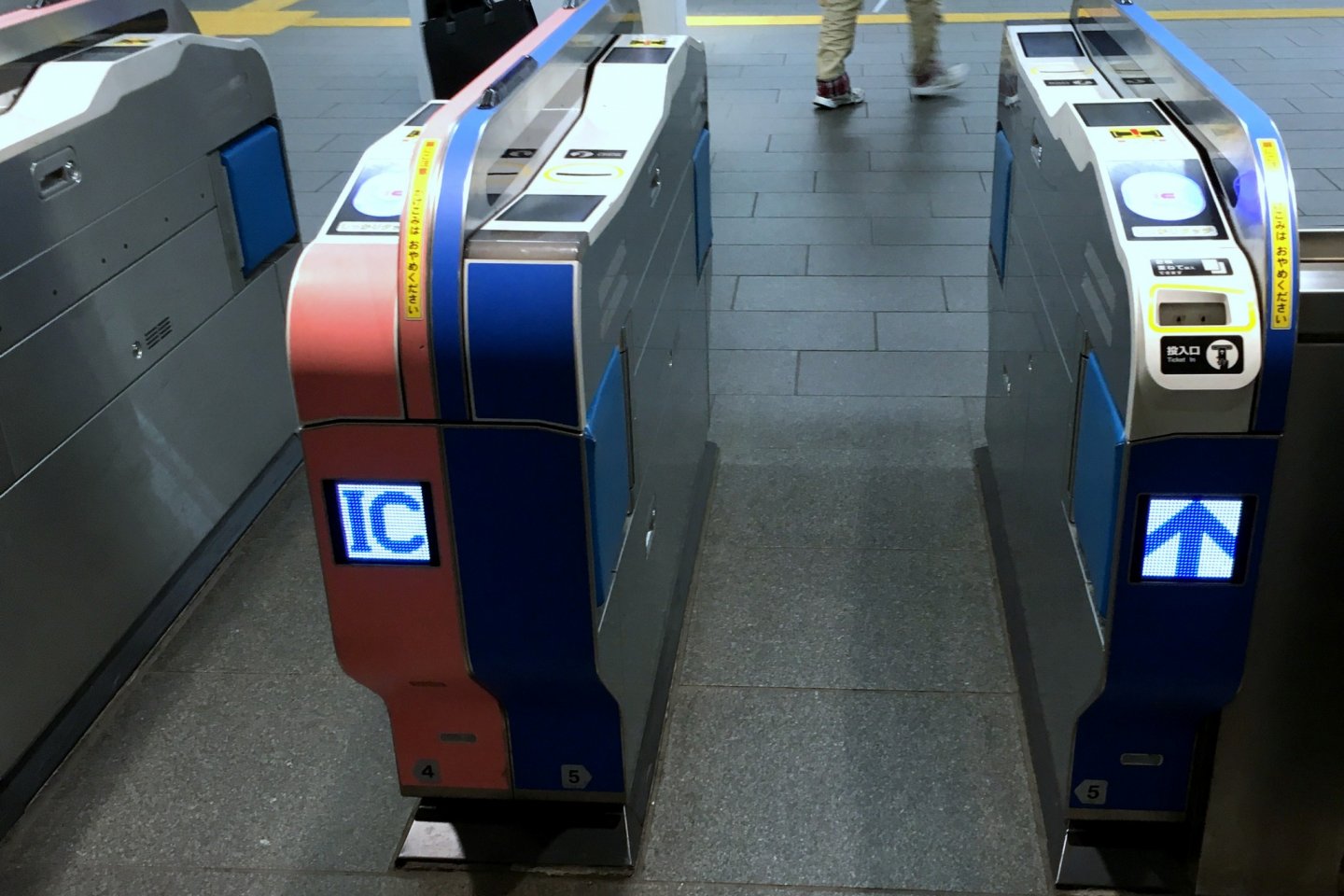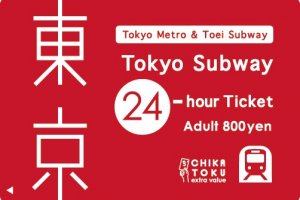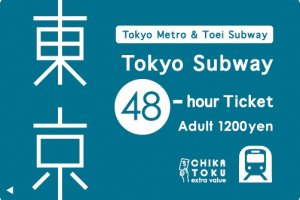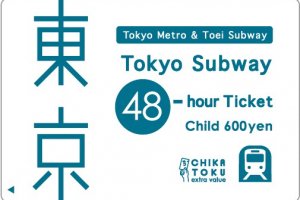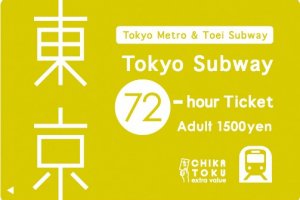Finding your way around a new city can seem daunting at first, especially in a sprawling metropolis like Tokyo. It may seem overwhelming at first, but this guide to the Tokyo metro system will help you get around like a seasoned Tokyoite in no time! With 9 metro lines servicing all areas of the city, it’s a breeze to get from A to B! There are subway stops at or near all major sightseeing spots in the city, which means instant access to the places you want to visit. It’s a smoother journey than taking the bus; it’s cheaper than a taxi and much more fun when you can travel like the locals do!
Where can Tokyo Metro take you?
The Tokyo Metro subway system is connected to all the best restaurants, shopping areas, parks and sightseeing spots in the city. It has direct access to famous places like the Hachiko statue at Shibuya’s scramble crossing, Ueno Park, Harajuku’s trendy Takeshita Street, Sensoji in Asakusa and countless more destinations. All these places are just a quick hop, skip and subway ride away when you use the Tokyo Metro!
How to get around
A first look at a Tokyo metro map may send your head into a spin, but these quick tips will help you navigate your way around the city in no time.

All metro lines are color coded, with their own designated alphabet letter for easy understanding. Each station is marked with the metro line letter as well as a station number, to help guide you even if you don’t remember the station name.
You can find these station codes on signs along the walls of the station, and also listed either digitally by the doors inside the train, or pasted on the side.


Tickets and Passes
To get an idea of how much your trips around the city will cost, or to find out the quickest route to your destination, try the Tokyo metro transfer planner and Fare calculator.


Regular tickets are handy for short, quick one-way trips. The fare changes according to how far you travel.

Coupon tickets are cheaper than regular tickets, but restrictions apply. Please see the official site for details.

SUICA and PASMO IC cards are great if you’re planning on traveling around the city for a few days or more, especially if you’re also using local train lines like JR as well.
You can buy the card via ticket machines, or through ticket offices at major subway stations. Not only does it make transfers smoother, but you also get a small discount on your trips. Most convenient of all, you can also use the card to pay for items at vending machines and convenience stores.
A 500-yen deposit fee is required when you buy your first card, but this is reimbursed (minus a 220 yen handling fee) along with any remaining cash on the card if and when you return it. That way, even if you fill your card with more money than you use, you can still get it back!
For more information on buying a PASMO card, please refer to the official PASMO website.
How to buy tickets
Ticket machines are generally lined up near station entrances, with guidance available in English, Chinese (traditional), Chinese (simplified) and Korean.






Insert your ticket in the slot beneath the touch panel (on the right side in this image) and pick it up again on the way through. Note: ticket gates that are pink, with the IC mark are for IC cards such as PASMO and SUICA only.

Additional services
Information desks and service managers are available at Shinjuku, Ginza, Omotesando and Shibuya stations and can help you navigate the subway, as well as offer tourist information in English, and depending on time and location, Chinese speakers are also available.
Free Wi-Fi is available at 210 Tokyo Metro stations. Check the official site for information on how to connect.
The Tokyo Metro map is available for download in 7 languages, including English, Spanish, German, French, Chinese (simplified), Chinese (traditional) Korean, Russian.
Metro guides in multiple languages are packed with information on the best sightseeing spots and their relation to subway stops across the city. These are available online in PDF format, or at information desks at larger stations.
The Tokyo Metro smartphone app helps you figure out the easiest transfer depending on your starting point and destination.
Things to keep in mind
Things to keep in mind to make your Tokyo Metro commute more comfortable for everyone:
-
Cellphones: Speaking on the phone while on the train is generally frowned upon. Set your phone to silent mode, and wait until you get off the train to answer your call, or call back. Also, if you’re standing near the priority seats, turn your phone off completely.
-
Priority seats: These seats are reserved for the elderly, commuters with disabilities, commuters with infants and expectant mothers. If you are seated in this area, please give up your seat. Expectant mothers can be easy to spot thanks to a small badge, usually hanging from a handbag or coat.
![]()
![]()
-
Women-only cars: Some morning rush hour trains may have women-only cars, and the times they are enforced depends on the train line. People with disabilities, their assistants and elementary school-aged children of any gender can also board this car during this time.
![]()
-
Smoking is prohibited at all times inside the stations and train cars.
